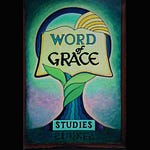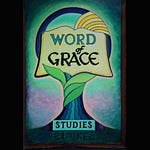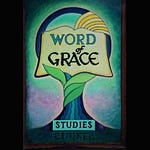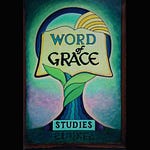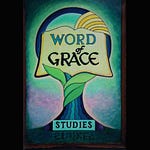Continuing our eschatology series, we explore what Scripture teaches about death and its relationship to prophecy. Death is separation: spiritual (separation from God), physical (spirit and soul separated from the body), and the second death (final judgment for unbelievers). Physical death returns the body to the dust, yet the person continues in conscious existence—death is not annihilation.
We trace the biblical geography of the unseen realm: Sheol/Hades (with multiple chambers), Paradise (the resting place of Old Testament saints before Christ’s resurrection), the Abyss (including its pit/well), Tartarus (where certain angels are chained in gloom), the “lowest Sheol” (for the wicked), and Gehenna (the lake-of-fire imagery applied to millennial-kingdom judgment and ultimately the eternal state). Christ’s resurrection is the strongest evidence of human immortality, and after His ascension He “led captivity captive,” relocating Paradise to the edge of the third heaven. Church-age saints now depart to be in the third heaven with the Lord. We also note that Scripture does not present humans as “ghosts”; God provides a bodily existence throughout, with an intermediate body prior to resurrection.
Key Points
Three kinds of death: spiritual, physical, second death.
Physical death defined: “the body without the spirit is dead” (James 2:26); body returns to dust (Genesis 3:19).
Not annihilation: all humans continue eternally; the issue is the kind of life (eternal life vs. eternal separation).
Resurrection & immortality: Christ’s resurrection guarantees the resurrection of both just and unjust (Acts 24:15).
Sheol/Hades ≠ grave/hell: distinct from the physical grave; composed of multiple chambers.
Chambers outlined:
Paradise (OT saints’ rest pre-resurrection; now at the edge of the third heaven).
Abyss (with pit/well; prison for spirit beings).
Tartarus (certain angels confined in chains of gloom).
Lowest Sheol (abode of the wicked).
Gehenna: the “hell” imagery tied to judgment, especially in the millennial kingdom.
After Christ’s ascension: Paradise relocated; church-age saints now ascend to the third heaven.
No “ghosts” doctrine: humans are never disembodied in Scripture; an intermediate body precedes resurrection.
Primary Scriptures Referenced
Acts 24:15; James 2:26; Genesis 3:19; Genesis 37:35; Genesis 50:5; Deuteronomy 32:22; Job 7:9; Job 17:13–16; Psalm 9:17; Psalm 16:9–10; Psalm 49:15; Psalm 86:13; Psalm 139:7–8; Matthew 11:23; Matthew 12:40; Matthew 18:9; Luke 16:22–26; Luke 23:43; John 3:13; Acts 2:34; 2 Corinthians 12:2–4; Ephesians 4:8; Hebrews 9:8–12; Hebrews 10:19; Revelation 9:1, 11; Jude 6.





